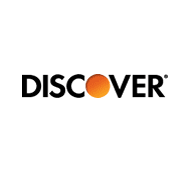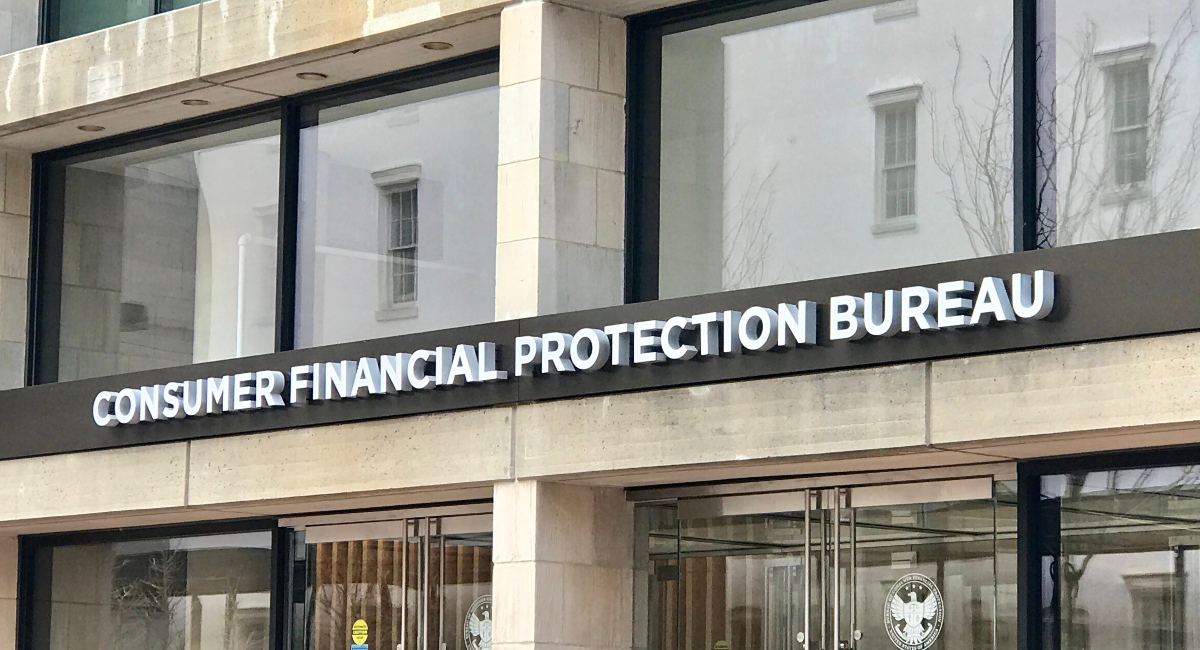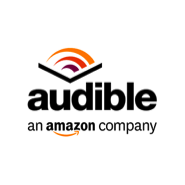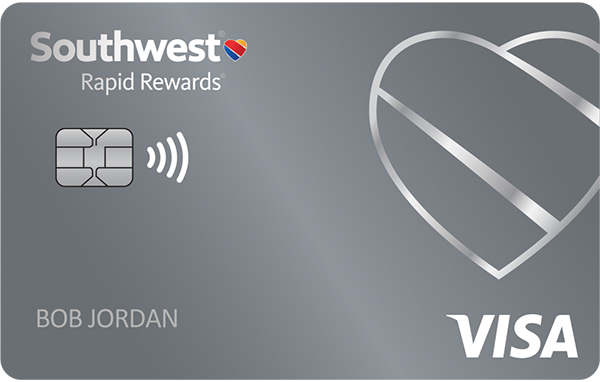
A Million Borrowers Approved (and Key Program Changes)
The Public Service Loan Forgiveness (PSLF) program hit a significant milestone last week, according to the Biden administration.With the latest wave of PSLF approvals, at least one million borrowers have now received student loan forgiveness under the program.“The Biden-Harris Administration announced today the approval of approximately
$4.5 billion in additional student loan relief for over 60,000 borrowers across the
country who work in public service,” said an Education Department statement.This relief “brings the total loan forgiveness approved by the Administration to over $175 billion for more than 4.8 million Americans, which includes $74 billion for over one million borrowers through PSLF.”
The announcement comes as the PSLF program has gone through a number of changes and challenges during the last several months.
And further changes could follow.Here are the latest updates. A million borrowers reach loan forgiveness through PSLF PSLF, established under President George W.Bush, offers a path to student loan forgiveness for those dedicating their careers to nonprofit or government work. Eligible borrowers can receive complete federal student loan forgiveness in as little as 10 years — after making 120 “qualifying payments,” which are payments made on Direct federal student loans under certain repayment plans while working full-time in qualifying employment.Related: Public Service Loan Forgiveness FAQ: 40 Tips to Save Thousands From program struggles to success The PSLF program has faced significant problems since its inception in 2007.
Complex rules, poor loan servicing practices, and inadequate oversight by the federal government resulted in many borrowers failing to meet PSLF’s complicated requirements.Other borrowers who were complying with PSLF program rules encountered other issues, such as processing errors or rejected payments. As a result, only 7,000 borrowers were ultimately approved for student loan forgiveness under PSLF between 2017 (the earliest borrowers could qualify) and 2021, when President Biden first took office.Through a series of executive actions, waivers and regulatory updates, the PSLF program has now seen unprecedented success under the Biden administration.And the Education Department’s latest announcement illustrates the scope of these improvements. “Before the start of the Biden-Harris Administration, only 7,000 people had ever received forgiveness through PSLF and the rejection rate, in part due to administrative errors and difficult processes, was as high as 98% in some years,” says a White House fact sheet released with the department’s announcement last week. “Public servants were also being told that, because they didn’t file the right forms years ago, there was nothing for them to do but keep paying their loans longer than the program requires.” The White House notes that the administration “significantly improved” PSLF through a series of initiatives, including the Limited PSLF Waiver, the IDR Account Adjustment and operational changes to make enrolling in PSLF easier and the program less prone to errors.
“Thanks to these improvements, as of today, over 1 million public service workers have been approved for debt cancellation through PSLF,” said the fact sheet. Related: Why the PSLF Success Rate Will Hit Over 50% by 2024 Major servicing changes are complete as loan forgiveness processing resumes One of the major changes to the PSLF program implemented by the Biden administration has been the transition of PSLF servicing and tracking from MOHELA, which had been the sole servicer contracted to manage the program, to StudentAid.gov.This was the culmination of a long-planned transition.Following a program-wide processing pause that began in April 2024, the Education Department successfully migrated the PSLF program from MOHELA to StudentAid.gov in July. “for the first time, borrowers can now manage all aspects of their PSLF journey on StudentAid.gov, including submitting their PSLF form and tracking their progress toward forgiveness.” “As of July 1, 2024, the PSLF Program is now fully managed by the Department through StudentAid.gov, rather than by a single, specialty loan servicer,” said the department.“That means that, for the first time, borrowers can now manage all aspects of their PSLF journey on StudentAid.gov, including submitting their PSLF form and tracking their progress toward forgiveness.
These updates simplified the process for borrowers and will provide faster processing of PSLF forms.” When PSLF processing first resumed in July, the Education Department was only counting PSLF payments through April 2024 (when the transition pause began), and officials had warned of potentially lengthy delays for the processing of new employment certification forms. As of October, however, the department appears to be clearing this backlog.PSLF payment counts are now getting updated beyond April 2024, and the Biden administration’s latest announcement indicates that loan forgiveness under the program is resuming.SAVE plan forbearance continues to cause problems for PSLF borrowers The ongoing SAVE plan litigation continues to impact PSLF borrowers, particularly if they are on track for PSLF.The Education Department estimates that more than eight million borrowers are now in SAVE plan forbearance as a result of a nationwide injunction issued by the 8th Circuit Court of Appeals.
The Court is considering a legal challenge to the SAVE plan brought by a coalition of Republican-led states. No payments are due during the forbearance, and no interest accrues, but the period won’t count toward loan forgiveness, including for PSLF.Secondary impacts of the SAVE plan litigation are also becoming clearer.Borrowers wanting to sign up for any IDR plan (even if it’s not the SAVE Plan) or change their IDR plan are facing significant barriers.The online IDR application was down starting in August (when the injunction first went into effect), and IDR processing for all plans based on income was temporarily suspended as the department raced to update its internal systems to comply with the court order. Education Department releases program updates This month, the Education Department released several updates: The online IDR application is back First, the online IDR application is back, allowing borrowers to switch from the SAVE plan to a different IDR plan (for most borrowers, Income-Based Repayment, or IBR, might be the only option). Doing so may allow borrowers to resume progress toward loan forgiveness under PSLF, but potentially at the cost of higher payments and potential interest-related consequences.
IDR processing is beginning to resume, but borrowers should still expect potentially lengthy processing delays.Improvements to the PSLF Buyback program The department also indicates it intends to improve and streamline the new PSLF Buyback program.This is a relatively new option that could allow PSLF borrowers to remain in the SAVE plan forbearance but subsequently “buy back” the time once they have reached 120 months of qualifying employment. Plans to restore access to PAYE and ICR Finally, the department indicated that it would initiate a regulatory process to try to reopen access to the Pay As You Earn (PAYE) and Income Contingent Repayment (ICR) plans, which were phased out in July as part of the SAVE plan rollout. Re-establishing PAYE and ICR may provide borrowers with more avenues to try to continue pursuing PSLF while the SAVE plan remains blocked.Possible PSLF expansion for early childhood educators The Biden administration is taking regulatory action to expand PSLF eligibility to include early childhood educators (ECE) working full-time at for-profit entities. Generally, employment with a for-profit entity or company does not qualify for PSLF, cutting off a pathway to loan forgiveness.
However, the administration notes that many early childhood educators work for low pay and very much provide a public service benefit. “Early childhood educators help young children learn, grow, and thrive,” said U.S.Under Secretary of Education James Kvaal in a statement over the summer.“But they are often poorly compensated, and student debt is a problem.If these educators can access Public Service Loan Forgiveness, we can help our youngest children, their families, and their communities.” “While many borrowers have received relief, under the current PSLF program rules, hundreds of thousands of ECE educators, many of whom operate small businesses, are excluded from the program because of their employer’s tax status,” said the Education Department.
Biden administration officials indicated that they are taking the first steps to create a carve-out for early childhood education to pursue loan forgiveness under PSLF.Officials expect that up to 450,000 borrowers could ultimately benefit if the changes are implemented.
Publisher: Source link
![Purchase Heineken & $175 In Groceries & Get $50 Back [AK, AZ, CA, CO, CT, DC, DE, FL, GA, IA, IL, ID, KS, MA, MI, MT, ND, NE, NV, OH, OK, RI, SC, TN, VA, WA, WI, WY]](https://www.mycardopinions.com/wp-content/uploads/2024/11/Purchase-Heineken-175-In-Groceries-Get-50-Back.png)




